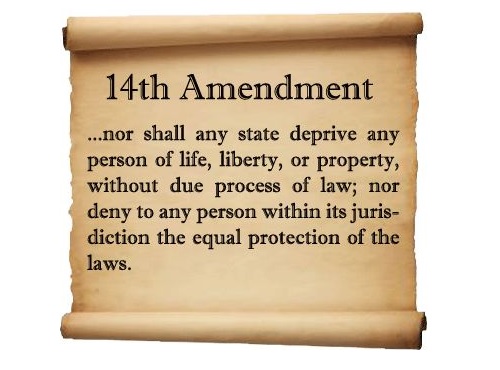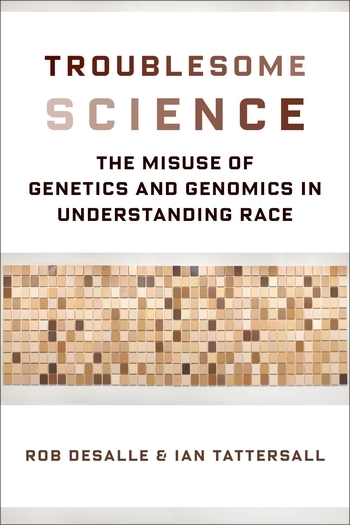Examining whites’ anti-black attitudes after Obama’s presidencyPosted in Articles, Barack Obama, Media Archive, Politics/Public Policy, United States on 2018-07-18 18:35Z by Steven |
Examining whites’ anti-black attitudes after Obama’s presidency
Politics, Groups, and Identities
Published online: 2018-03-05
DOI: 10.1080/21565503.2018.1438953
Nicole Yadon, Ph.D. Candidate
Department of Political Science
University of Michigan
Spencer Piston, Assistant Professor of Political Science
Boston University, Boston, Massachusetts
We develop and test competing theoretical expectations about the level and effects of white prejudice against blacks in the aftermath of America’s first black presidency. Using both cross-sectional and panel survey datasets of nationally representative samples of Americans, we find little evidence that any of the following declined during Obama’s presidency: white opposition to black leaders, white opposition to policies intended to benefit blacks, white prejudice against blacks, or the impact of prejudice on white vote choice. Furthermore, the impact of prejudice on policy opinion appears to have increased over this time period, even beyond existing findings indicating a spillover of racialization. These findings suggest that Obama’s rise to power increased whites’ perception that blacks threaten their dominant position in the United States.
Read or purchase the article here.






